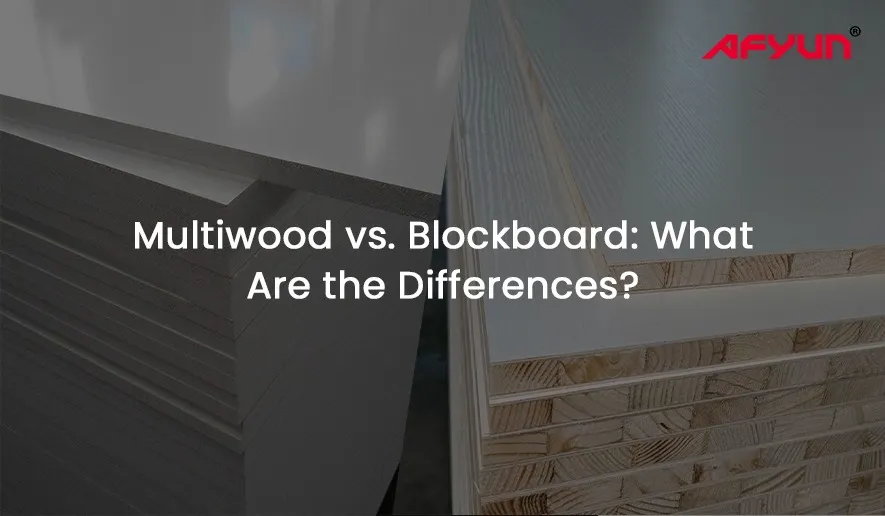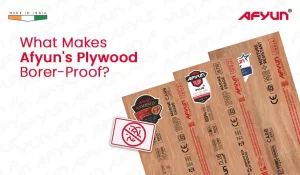Choosing the right material for your project can be tricky, especially when there are similar options like multiwood and blockboard. Both materials have their own advantages and disadvantages, making it crucial to understand their key differences before making a decision.
This table provides a side-by-side comparison of multiwood and blockboard to help you choose the most suitable one for your needs:
Multiwood vs. Blockboard
| Feature | Multiwood | Blockboard |
|---|---|---|
| Material | Polyvinyl Chloride (PVC) foam board | Core of softwood strips sandwiched between wood veneers |
| Water Resistance | Excellent | Good |
| Fire Resistance | Good | Not inherently fire resistant, but treated varieties are available |
| Durability | Moderately durable, susceptible to dents and scratches | More durable than multiwood, can hold screws better |
| Versatility | Limited; mainly used for kitchen cabinets, bathroom vanities, and furniture | More versatile; can be used for furniture, doors, partitions, and wall paneling |
| Weight | Lighter | Heavier |
| Workability | Easy to cut and shape | Easy to cut and shape |
| Cost | Generally more expensive than blockboard | Generally less expensive than multiwood |
| Aesthetics | Smooth, modern finish; available in various colors and laminates | Natural wood grain, can be painted or veneered |
Conclusion
Multiwood is a good choice if you prioritize water and fire resistance and a sleek, modern aesthetic. However, its lower durability and higher cost compared to blockboard might be drawbacks.
Blockboard is a more versatile and affordable option, offering better screw holding capacity and a natural wood look. However, it might not be the best choice for areas with high moisture exposure.
Ultimately, the best choice depends on your specific project requirements and priorities. Consider factors like budget, desired aesthetics, and the intended use of the material before making your final decision.










